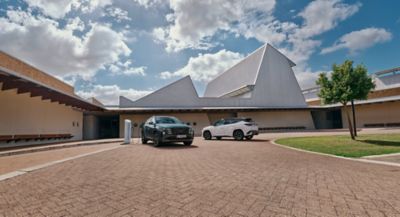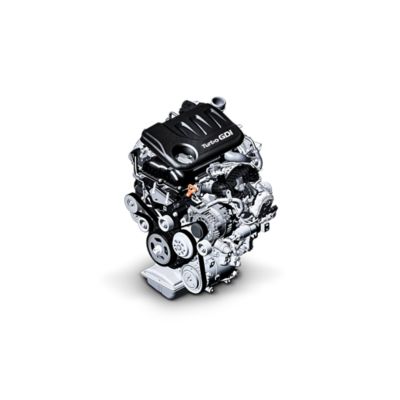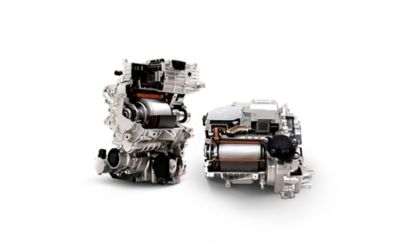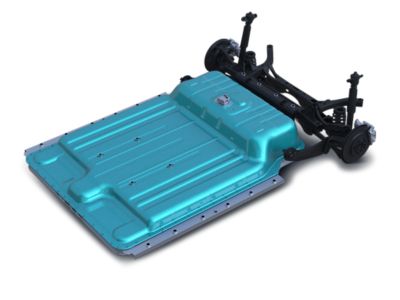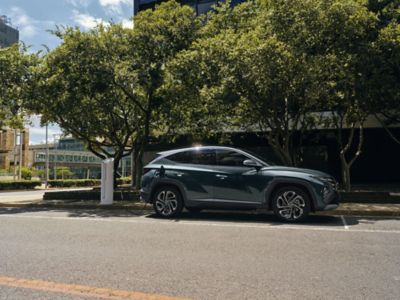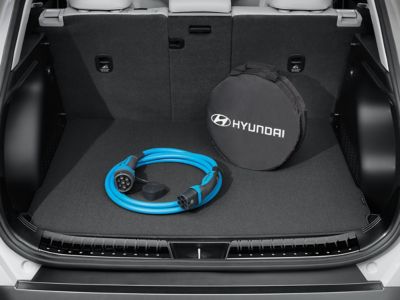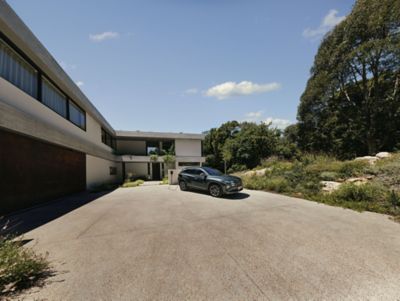
Performance.
Maximum fuel efficiency and serious driving thrills.
The best of both worlds.
Electric when you want it. Petrol when you need it. The new TUCSON Plug-in Hybrid offers the best of both worlds. Enjoy XX km of full-electric driving range.1 And once the electric-only range is depleted, you can plug into a charging station – or just continue on with the petrol engine.
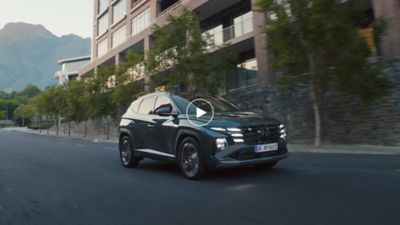
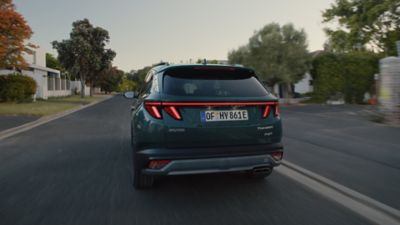
Performance
Plug-in hybrid power.
Energy flow – how Tucson Plug-in Hybrid works.


Charging
Plug-in.
